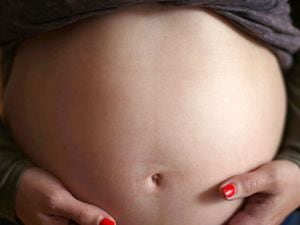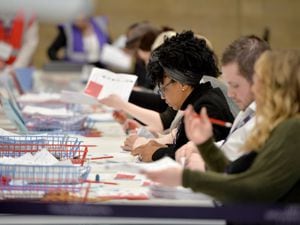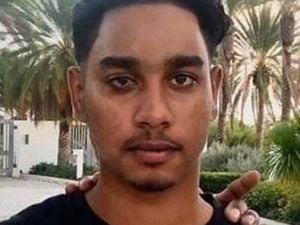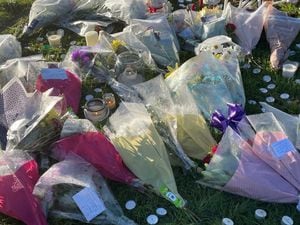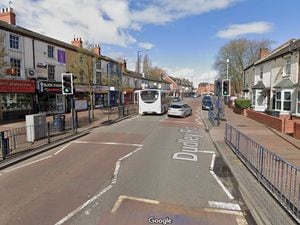Final reunion for Boulton Paul workers set for July
Ex-apprentices of Boulton Paul Aircraft are calling for a gathering of all their "old mates" for a final reunion this summer.
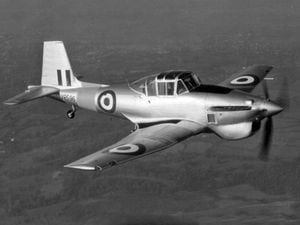
The reunion of former aviation workers will take place on July 18 and the search is on for surviving former employees who worked at the company between 1934 and its closure in 2013.
Ron Gregory, who emigrated to Australia after leaving the firm, is organising a series of events for the reunion which will be held on July 18.
Appealing to Express & Star readers, Ron said: “Our last get-together was in August 2009 and our ageing members hope to meet again before the inevitable demise.
“As you would expect many contact details have changed over these years so we need to re-establish contact with those who remain in or around Wolverhampton.”
“All past apprentices and interested parties from Boulton Paul Aircraft are invited to join us at a “final” gathering in late July 2023.
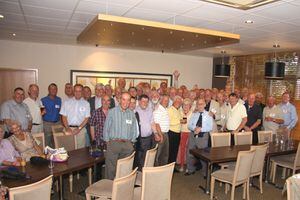
“Over the day we shall attend the Cosford Cold War Museum and Michael Beetham Restoration hangers followed by a social evening at the old BPA social club on Wobaston Road Fordhouses.
“We have over 60 registrations of interest and we ask of anyone yet to register to please do so at ronandgillian@optusnet.com.au and all details will be forwarded to them. We also ask for this information to be passed to any contacts one may have related to the event.”
Boulton & Paul could trace its history back to an ironmonger’s shop in Norwich which was opened by William Moore in 1797.
However, when the First World War began the company began helping the war effort.
Boulton Paul Aircraft Ltd moved to a new factory in Pendeford in 1934 and a training school was also set up in Cannock.
The company produced one of the war’s most iconic planes, the Defiant Bomber Destroyer, which helped destroy German Luftwaffe bombers over the skies of Great Britain.
The first Defiant was built in 1937 and though were overtaken by more manoeuvrable aircraft like the German Messerschmitt and British Spitfire, the Defiant continued to help the war effort in a variety of roles.
During the Second World War, the factory manufactured 25,000 turrets and more than 1,000 aircraft were used in the effort.
At its height more than 5,000 people worked at the company which had its own sports ground in Fordhouses, where employees could play cricket, football and tennis.

